Why Does My Dog Always Want My Food? Discover why your pup can’t resist your meals! Dogs are natural scavengers drawn to enticing smells and flavours. They may beg due to curiosity, hunger, or seeking attention. Learn how their instincts, your habits, or even boredom play a role. Get tips to redirect their behaviour, set boundaries, and keep them happy with healthy alternatives. Strengthen your bond while ensuring they stay safe and well-fed—without sharing your plate!
Table of Contents
Natural Instincts: Why Your Dog is Drawn to Your Food
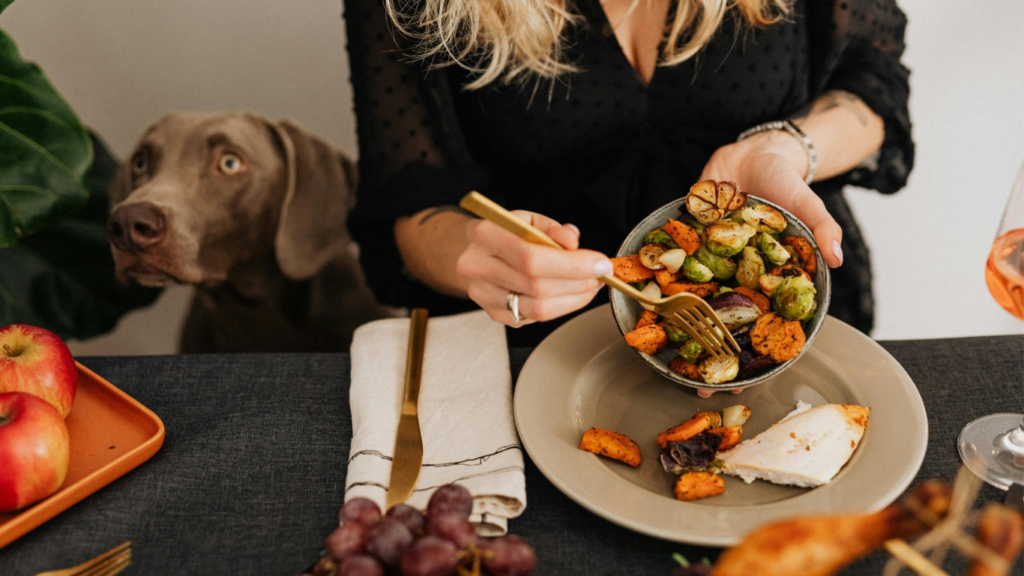
If you’ve ever wondered, “Why does my dog always want my food?” the answer lies deep in their DNA. Dogs, even our pampered pets, are descendants of wild wolves and scavengers who relied on opportunistic eating to survive.
In the wild, food wasn’t guaranteed, so their ancestors learned to seek out calorie-rich meals whenever possible. This instinct hasn’t faded—it’s why your dog’s eyes lock onto your sandwich or they hover hopefully by the dinner table. To them, your plate isn’t just food; it’s a high-value prize their instincts are hardwired to pursue.
Dogs also experience the world through their noses, and human food—often richer, warmer, and more aromatic than kibble—triggers their curiosity. Their sense of smell is up to 100,000 times stronger than ours, making even the faintest whiff of roasted chicken or buttered toast irresistible.
Combine this with their social nature: in the wild, pack animals share food to strengthen bonds. When your dog begs, they’re not just being “greedy”—they’re engaging in a primal behavior, viewing you as their pack leader and hoping to participate in a shared “meal.”
Another factor is conditioning. If your dog has ever been rewarded with a scrap—even just once—they learn that persistence might pay off. Over time, this reinforces the idea that your food is fair game. Add to this their innate FOMO (fear of missing out), and you’ve got a furry food critic who’s convinced your meal is better than theirs.
Ultimately, your dog’s obsession with your food isn’t about disobedience—it’s biology, curiosity, and love all rolled into one. Understanding this can help you respond with patience (and maybe hide those leftovers a little better!).
The Power of Scent: Why Your Food Smells Better to Your Dog
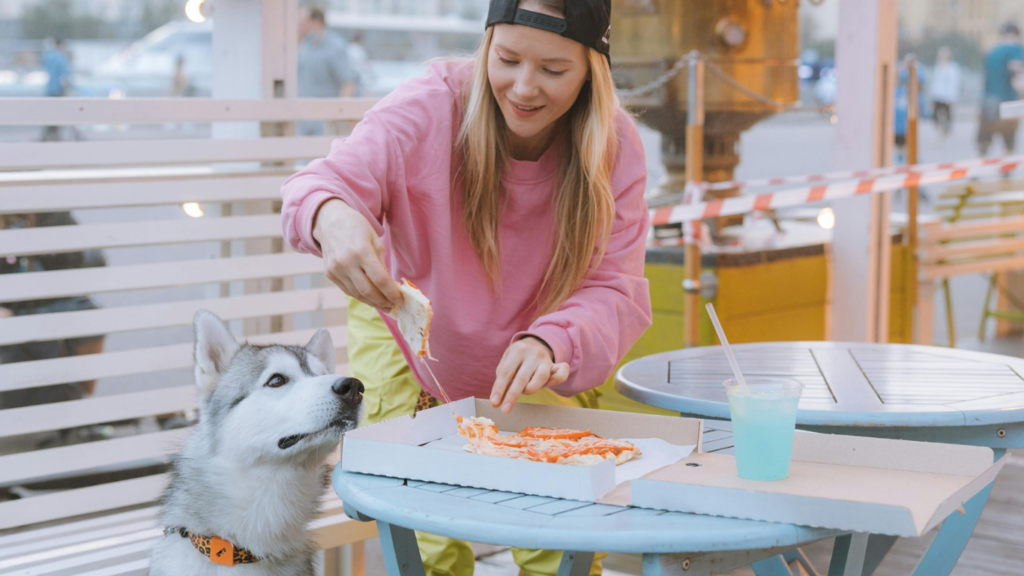
Ever wonder why your dog’s nose magically appears the second you unwrap a slice of pizza or fry up some bacon? The answer lies in their extraordinary sense of smell—a superpower that makes your dinner smell like a five-star feast to them.
While humans rely heavily on taste and sight to enjoy food, dogs experience the world through scent. Their noses are equipped with up to 300 million scent receptors (compared to our measly 6 million), and the part of their brain dedicated to analyzing smells is 40 times larger than ours. To put it simply: your dog isn’t just smelling your food—they’re practically tasting it through their nose.
Human food, with its layers of spices, herbs, and sizzling fats, releases a symphony of aromas that dogs find impossible to ignore. Even a plain baked chicken breast, which might seem bland to you, sends their olfactory system into overdrive. That’s because cooking breaks down proteins and fats, creating volatile compounds that travel through the air—essentially turning your meal into a scent firework show for your pup.
Meanwhile, their kibble, no matter how high-quality, lacks that same complexity. It’s like comparing a live concert to a muted radio—it’s just not the same sensory experience. Dogs are also hardwired to crave novelty. In the wild, scavenging for varied foods was a survival skill. Your plate represents adventure—a break from their routine meals. And let’s face it: your dog has likely learned that *your* food is a special treat.
Over time, they’ve connected the smell of your cooking with the possibility of sneaking a bite (or at least scoring a pity-puppy-eyed scrap). So, while their own bowl might be full, the allure of your dinner isn’t just about hunger—it’s about curiosity, instinct, and the irresistible pull of a scent they can’t resist. In short, your food isn’t just food to your dog—it’s an aromatic masterpiece they’re biologically programmed to crave. And those pleading eyes? Consider it their version of a standing ovation.
Reinforcing the Habit: Are You Encouraging Begging Without Realizing It?
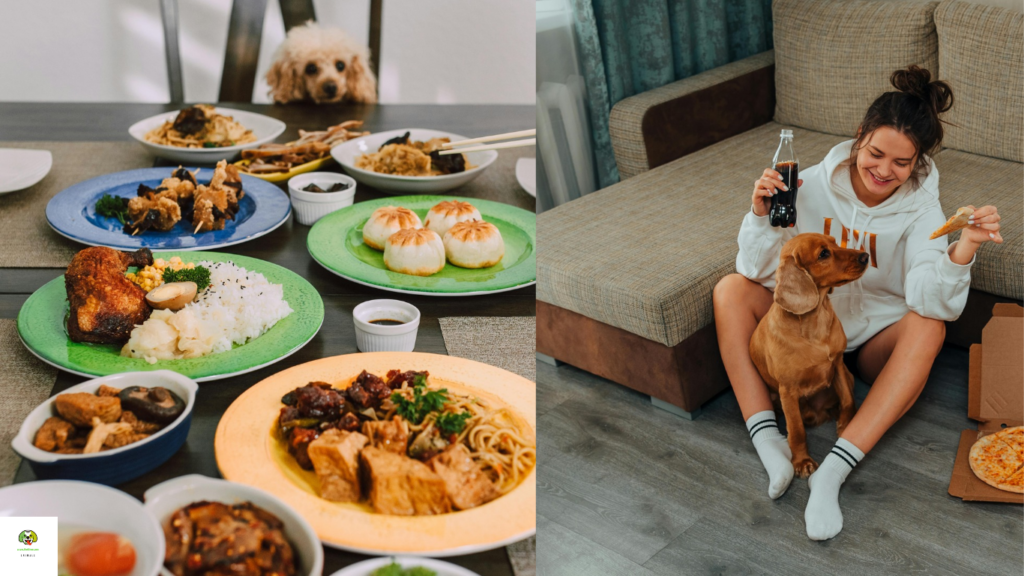
We’ve all been there — those big, pleading eyes staring up at us as we try to enjoy a meal. But have you ever stopped to wonder why your dog seems so obsessed with your food? The answer might be simpler than you think: you might be accidentally teaching them to beg.
If you’ve ever shared a bite from your plate, your dog has learned that begging pays off. Dogs are quick to connect actions with rewards. Even a single piece of chicken slipped to them during dinner or a tiny snack “just this once” sends a clear message: “If I wait, stare, or whine, food will come.” Over time, this turns into a habit. What starts as an occasional treat can snowball into relentless persistence every time you sit down to eat.
But here’s the tricky part: you might not even realize you’re doing it. Maybe you toss them a scrap while cooking, or your partner sneaks them a fry when you’re not looking. To your dog, inconsistency doesn’t matter — they’ll keep trying because there’s always a chance it’ll work. Think of it like a slot machine: even a small possibility of a reward keeps them hooked.
The solution? Consistency is key. Set clear boundaries: no human food during mealtimes, and make sure everyone in the household follows the rule. If your dog lingers near the table, redirect them to their bed or a toy. Reward calm behavior away from your eating area with praise or a treat from their own bowl. Over time, they’ll learn that staying relaxed (and not begging) is the real way to earn positive attention.
Breaking the cycle takes patience, but it’s worth it. Remember, every time you resist those puppy-dog eyes, you’re not being mean — you’re helping your dog unlearn a habit that’s stressing both of you out. After all, a well-mannered pup is happier (and so are your meals!).
Pack Mentality: Why Your Dog Wants to Eat Like You
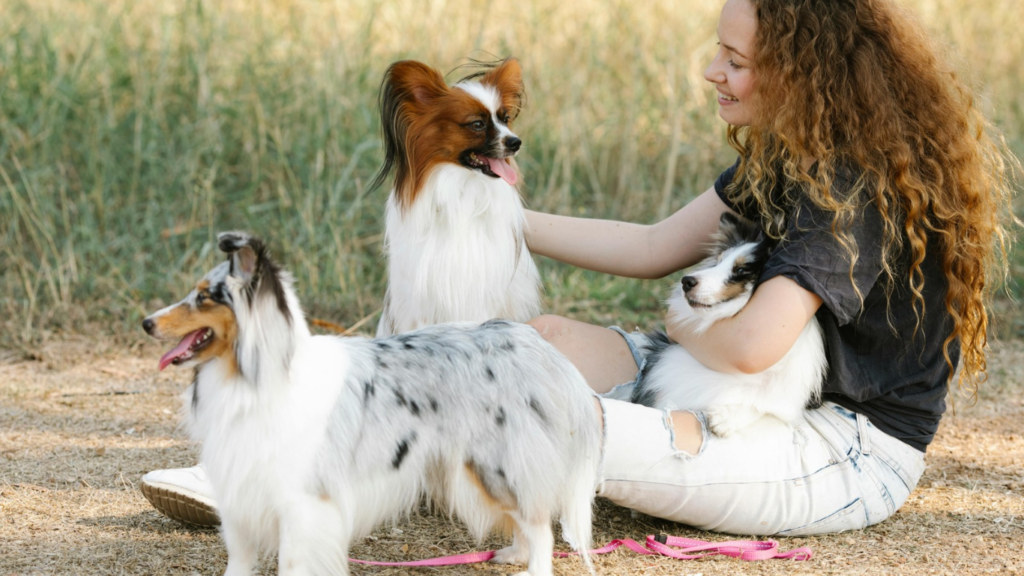
Ever wondered why your dog stares longingly at your dinner plate or nudges your hand for a bite? It’s not just about the tempting smell of your food—it’s deeply rooted in their instincts. Dogs, by nature, are social animals wired to thrive in groups.
In the wild, wolves and wild dogs eat together as a pack, sharing meals to strengthen social bonds and reinforce their hierarchy. Your dog sees you as part of their “pack,” and wanting to eat what you eat is their way of connecting with you. To them, sharing a meal isn’t about hunger alone—it’s a ritual that builds trust and belonging.
This behavior is also a throwback to their ancestry. Wild canines rely on communal eating for survival, and your dog’s curiosity about your food mirrors this instinct. When you sit down to eat, your dog might interpret it as a group activity they’re meant to join. Even if they’ve just finished their own meal, your plate holds appeal because you’re invested in it. Dogs are incredibly attuned to your routines and emotions—if you’re excited about your food, they’ll want in on the action!
But there’s more to it than pack dynamics. Your dog’s sense of smell is 10,000–100,000 times sharper than yours, so that slice of pizza or bowl of curry isn’t just food—it’s an irresistible sensory experience. Human meals often have richer, more varied aromas compared to their everyday kibble, making your dinner seem like a gourmet event.
While it’s tempting to share, consistency is key. Giving in teaches them that begging works, which can lead to unhealthy habits or even digestive issues. Instead, include them in mealtime rituals in safer ways—offer a chew toy or a small portion of dog-friendly veggies after you’ve finished eating. This way, you honor their social instincts without compromising their health—or your peace at the dinner table!
At heart, your dog’s food fascination is a mix of love, instinct, and curiosity. By setting gentle boundaries, you can satisfy their need to bond while keeping their tail wagging (and their diet balanced).
Hunger or Just Boredom? Understanding Your Dog’s True Motivation
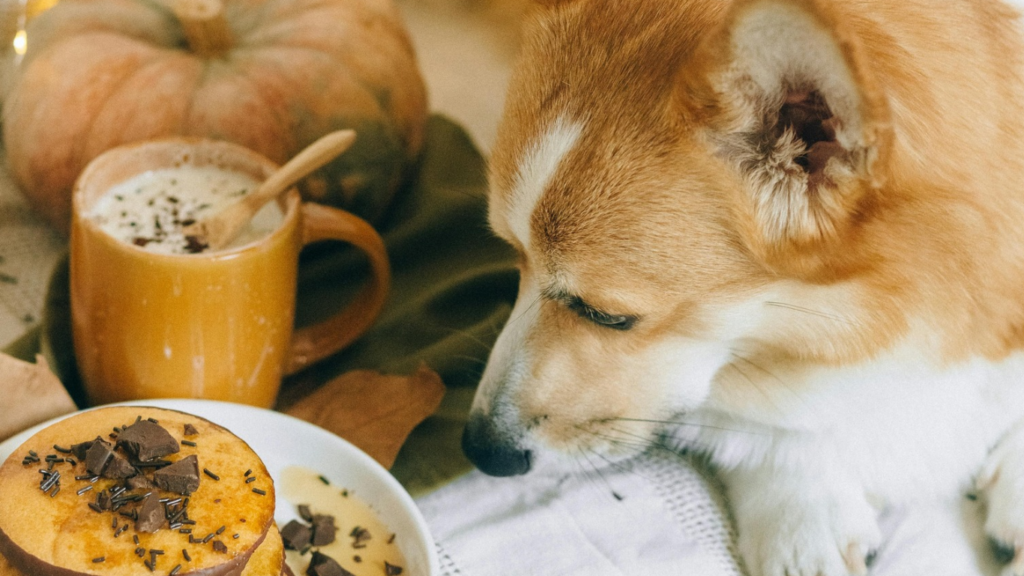
That soulful stare fixed on your sandwich, the persistent paw tapping your knee during dinner, the dramatic sigh when you dare to eat without sharing – if you’ve ever wondered why your dog acts like every meal you eat is a personal betrayal, you’re not alone. While it’s easy to assume your pup’s food obsession stems from an insatiable appetite, the truth is often more nuanced.
Dogs evolved as scavengers, hardwired to seize every opportunity to eat, but in our modern homes, their motivations can blur between instinct, habit, and emotion. Boredom is a surprisingly common culprit: a dog with insufficient mental stimulation or physical activity may view your plate as their most exciting “toy” of the day. Similarly, attention-seeking behaviors can masquerade as hunger – if your dog learns that begging earns them eye contact, conversation, or even the occasional sneaked treat, they’ll happily repeat the performance.
To decode their true motivation, observe patterns: Does the begging happen only when you’re eating, or all day? Do they lose interest if you offer their own kibble? A dog genuinely hungry between meals might need a dietary adjustment, while one fixated on your food likely craves interaction or novelty.
Combat boredom-driven begging by introducing puzzle feeders, scheduling interactive play sessions, or offering a long-lasting chew during your mealtime. For attention-seekers, practice calm consistency – reward quiet behavior with affection, but never give in to pleading eyes. By addressing the root cause instead of the symptom, you’ll transform mealtime from a battle of wills into an opportunity to strengthen trust and mutual understanding.
Nutritional Deficiencies: Could Your Dog Be Lacking Something?
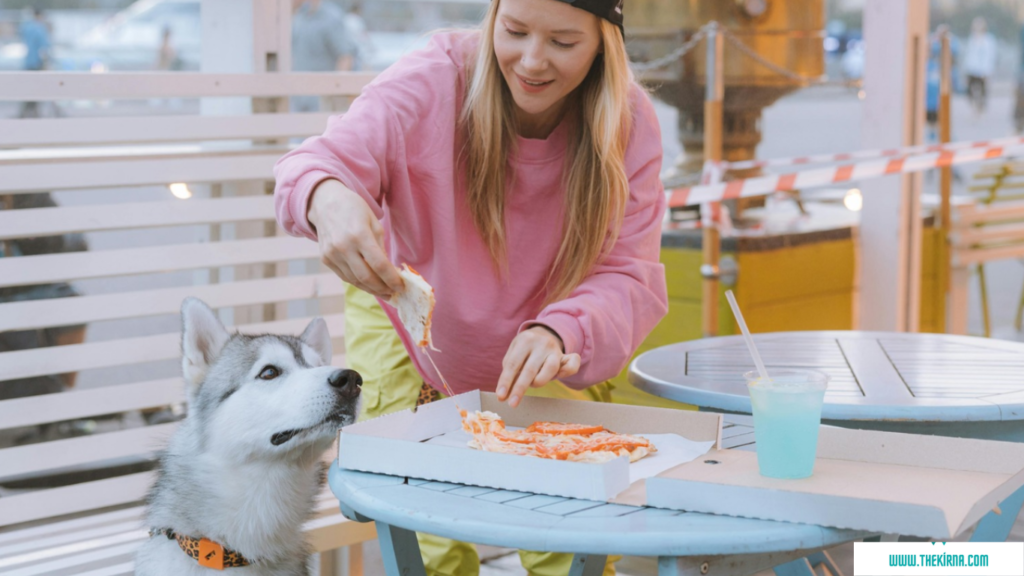
If your dog is constantly eyeing your plate or begging for scraps, it’s easy to assume they’re just being “greedy” – but this behavior could signal something deeper.
Dogs are hardwired to seek out nutrients their bodies need, and if their current diet isn’t fulfilling those requirements, they might turn to your food as a backup plan. Think of it like craving a specific food when you’re deficient in a vitamin; your dog’s obsession with your meals could be their way of filling a nutritional gap.
Low-quality commercial dog foods often skimp on essential nutrients, relying heavily on fillers like corn, soy, or wheat. While these ingredients keep your dog full, they lack the proteins, healthy fats, and micronutrients vital for energy, digestion, and overall health. For instance, a diet deficient in animal-based proteins might leave your dog perpetually hungry, as their body struggles to maintain muscle mass or regulate blood sugar.
Similarly, a lack of omega-3 fatty acids (found in fish oils or flaxseed) could trigger cravings for fatty human foods. Even missing trace minerals like zinc or magnesium – crucial for metabolism and nerve function – might explain why your dog acts ravenous despite eating regularly.
Medical issues can also amplify hunger. Conditions like diabetes, thyroid imbalances, or intestinal parasites interfere with nutrient absorption, leaving your dog feeling unsatisfied no matter how much they eat. For example, a dog with hypothyroidism may experience a slowed metabolism yet still feel hungry due to hormonal imbalances. Similarly, parasites like roundworms steal nutrients from your dog’s digestive tract, creating a cycle where they’re always “starving” despite adequate food intake.
Before overhauling their diet, rule out health problems with a vet visit. If your dog gets a clean bill of health, reassess their food. Look for formulas with whole meat as the first ingredient, minimal processing, and added vitamins or probiotics. Sometimes, simply switching to a higher-quality kibble or introducing fresh, vet-approved toppers (like steamed veggies or lean meats) can curb their fascination with your meals. Remember, a well-nourished dog is less likely to beg – because their body finally feels “fed.”
Safe vs. Unsafe: Which Human Foods Can Dogs Eat?

Dogs are naturally curious creatures, and their interest in your food often stems from their strong sense of smell, social instincts, or simply because they’ve learned that begging works! However, not every human snack is dog-friendly.
Some foods, like plain cooked chicken (no seasoning or bones), carrots, or blueberries, can be healthy, low-calorie treats. These options provide vitamins, fiber, or protein without upsetting your dog’s stomach. Even small amounts of plain pumpkin can aid digestion, while apple slices (without seeds) offer a crunchy, vitamin-rich snack.
On the flip side, many everyday foods pose serious risks. Chocolate, for example, contains theobromine, a compound toxic to dogs that can cause vomiting, seizures, or even death. Onions and garlic—whether raw, cooked, or powdered—damage red blood cells, leading to anemia.
Grapes and raisins are another hidden danger, potentially triggering kidney failure in dogs, even in tiny amounts. Xylitol, an artificial sweetener in gum, peanut butter, and sugar-free treats, can cause rapid insulin spikes, leading to hypoglycemia or liver damage. Other no-go items include caffeine, alcohol, fatty meats (like bacon), and cooked bones, which can splinter and harm your dog’s digestive tract.
Even “safe” foods should be given in moderation. Dogs have different nutritional needs than humans, and overfeeding can lead to obesity or pancreatitis. Always avoid seasoning, oils, or additives—what’s tasty to you might be harmful to them.
When in doubt, stick to vet-approved dog treats or fresh, unprocessed options. A quick online search isn’t enough: consult your veterinarian before introducing new foods, especially if your dog has health conditions.
By learning what’s safe and setting boundaries, you can satisfy your dog’s curiosity without compromising their health. Remember: resisting those puppy-dog eyes today might just save you a trip to the emergency vet tomorrow!
Training Tips: How to Stop Your Dog from Begging
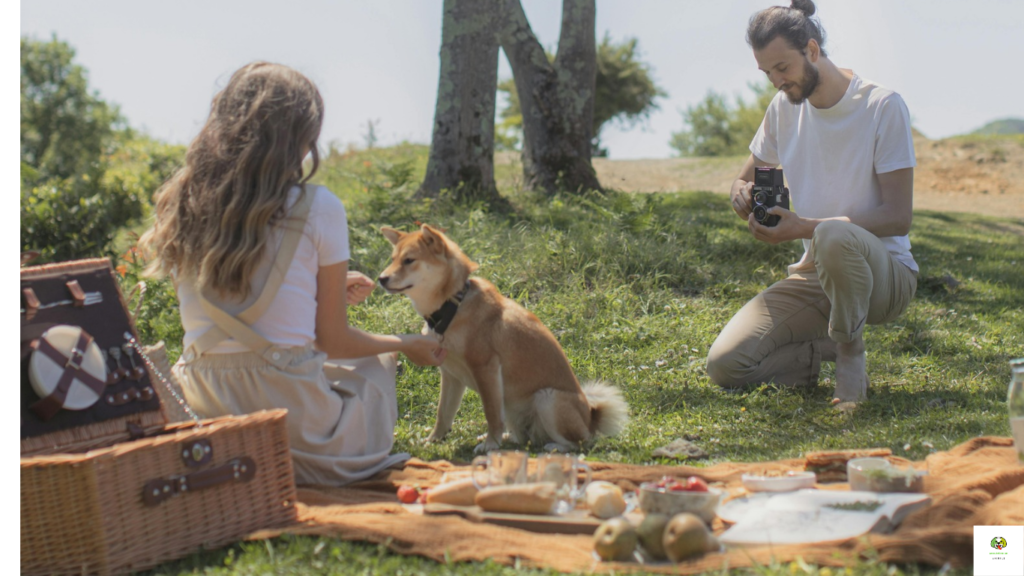
We’ve all been there—those pleading puppy eyes staring up at us as we try to enjoy a meal. While it’s tempting to share a bite, giving in to begging only reinforces the behavior. The good news? With patience and consistency, you can teach your dog to respect mealtime boundaries. Here’s how:
Start by ignoring begging completely. Dogs repeat behaviors that get results, so even an occasional scrap teaches them persistence pays off. Avoid eye contact, don’t speak to them, and stay firm. It might feel tough at first, but consistency is key. If your dog learns begging earns silence (not food), they’ll eventually lose interest.
Next, set clear routines. Designate a specific spot for your dog during your meals, like a bed or mat, and use a command like “Go to your place.” Reward them with praise or a treat before you start eating, but only if they stay calm. This creates a positive association with staying put. If they get up, calmly guide them back without engaging. Over time, they’ll learn that staying in their spot is more rewarding than begging.
Reinforce calm behavior with strategic rewards. Keep treats nearby and offer one only when your dog is lying down quietly, not when they’re actively begging. Timing matters—this helps them connect staying calm with good things. You can also redirect their attention with a chew toy or puzzle feeder filled with kibble to keep them occupied.
Lastly, meet their needs beforehand. A bored or under-stimulated dog is more likely to beg. Ensure they’ve had exercise, playtime, and a balanced meal before you sit down to eat. A tired, content pup is less likely to pester you for leftovers.
Remember, begging is natural for dogs—it’s how they’ve evolved to survive! But with gentle, consistent training, you can enjoy peaceful meals while keeping your dog happy and healthy. Stick with it, and those soulful stares will soon turn into relaxed naps instead!
Read Others Also
Top 10 best dog breeds for protection and family 2025
Does My Dog Love Me? 10 Clear Signs to Look For
Should I get a dog or cat? Here’s How to Know Which One’s Right for You
FAQ
To stop your dog from begging for food, ignore them completely when they beg. Never give table scraps, and feed them before your meal. Train them with commands like “stay” or “go to bed.” Be consistent, and reward good behavior. Everyone in the house should follow the same rule.
Sharing food with your dog isn’t inherently bad, but it depends on what and how much you share. Many human foods (chocolate, grapes, onions, etc.) are toxic to dogs. Even safe foods (like plain chicken or veggies) should be occasional treats to avoid obesity or nutrient imbalances. Avoid feeding table scraps to prevent begging habits. Always prioritize a balanced dog diet.
Human food can be safe for dogs in moderation, but some items are toxic. Safe options include plain cooked meats (no seasoning), carrots, apples (no seeds), and plain rice.
Avoid chocolate, grapes, onions, garlic, and xylitol (found in sugar-free products), as these are dangerous. Fatty, salty, or sugary foods can cause digestive issues or long-term health problems. Always research before sharing and prioritize dog-specific treats for balanced nutrition. Consult your vet if unsure—better safe than sorry! Small, occasional bites of safe foods are okay, but a dog’s diet should mainly consist of quality pet food.
No, you should not feed your dog from the table. This can lead to him begging at mealtime and he may have stomach problems from human food. Always give him a balanced and healthy diet in his bowl, so that both his habits and health remain good.


С помощью займов можно многое, смело обращайтесь.
Оформление займа онлайн lombardizumrud.ru/zajmy-onlajn-na-kartu-vzyat-mikrozajm-na-kartu-onlajn .